| Structure | Name/CAS No. | Articles |
|---|---|---|
 |
TRAP-14 trifluoroacetate salt
CAS:137339-65-2 |
|
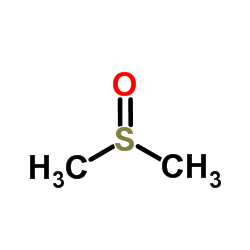 |
Dimethyl sulfoxide
CAS:67-68-5 |
|
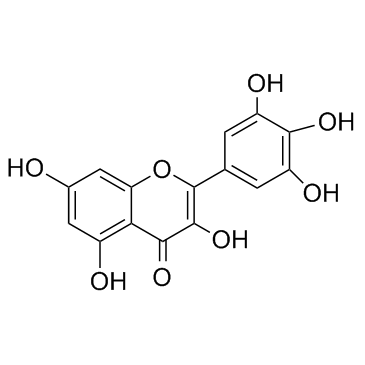 |
Myricetin
CAS:529-44-2 |
|
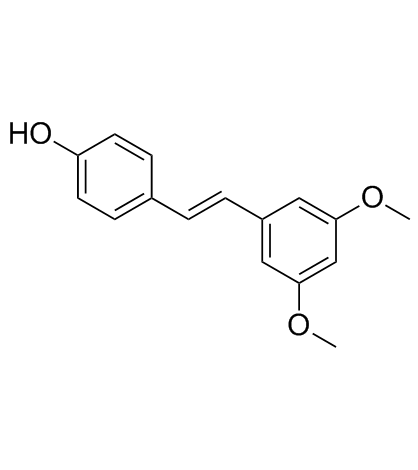 |
pterostilbene
CAS:537-42-8 |
|
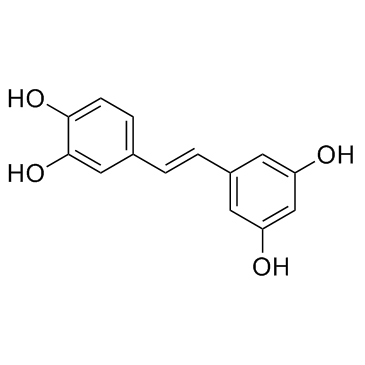 |
Piceatannol
CAS:10083-24-6 |
|
 |
Resveratrol
CAS:501-36-0 |
|
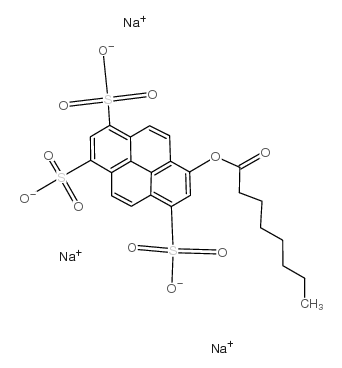 |
8-Octanoyloxypyrene-1,3,6-trisulfonic acid trisodium salt
CAS:115787-84-3 |